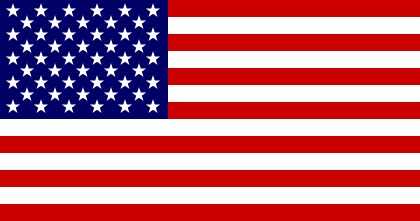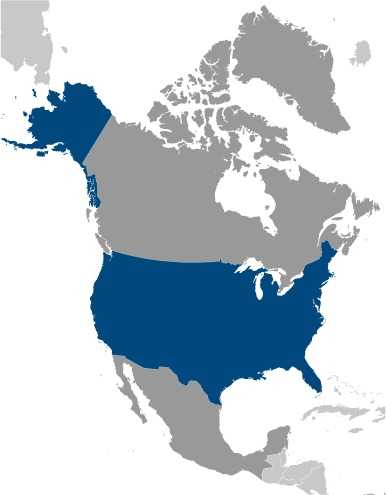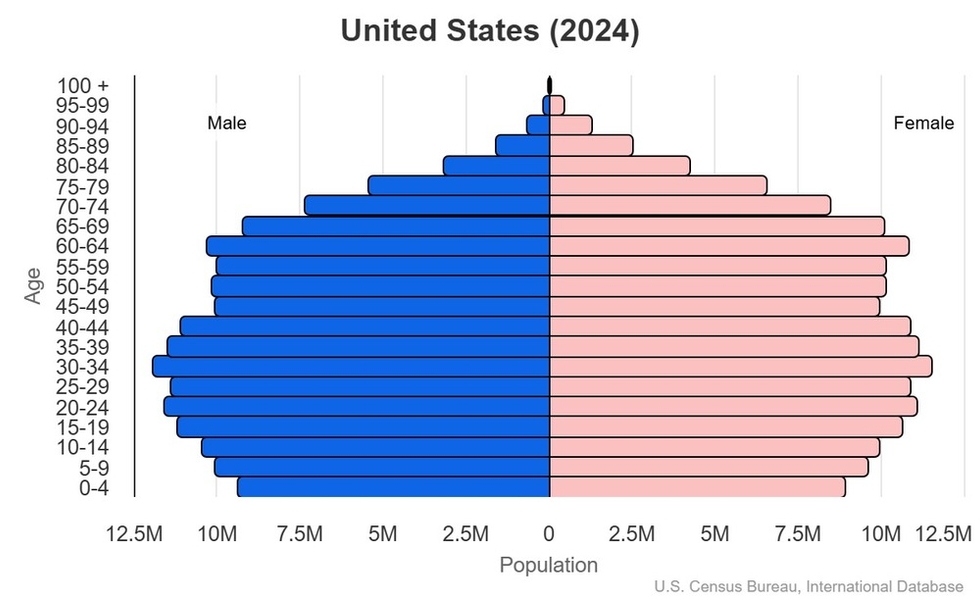Introduction
Visit the Definitions and Notes page to view a description of each topic.
Geography
People and Society
Population
comparison rankings: total 3; male 3; female 3
Median age
comparison ranking: total 69
Population growth rate
comparison ranking: 131
Birth rate
comparison ranking: 145
Death rate
comparison ranking: 72
Net migration rate
comparison ranking: 38
Maternal mortality ratio
comparison ranking: 130
Infant mortality rate
comparison ranking: total 173
Life expectancy at birth
comparison ranking: total population 49
Total fertility rate
comparison ranking: 133
Obesity - adult prevalence rate
comparison ranking: 12
Alcohol consumption per capita
comparison ranking: total 35
Tobacco use
comparison ranking: total 52
Children under the age of 5 years underweight
comparison ranking: 125
Education expenditure
comparison ranking: Education expenditure (% GDP) 49
Environment
Carbon dioxide emissions
comparison ranking: total emissions 2
Government
Economy
Real GDP (purchasing power parity)
comparison ranking: 2
Real GDP growth rate
comparison ranking: 124
Real GDP per capita
comparison ranking: 13
Inflation rate (consumer prices)
comparison ranking: 87
GDP - composition, by sector of origin
comparison rankings: agriculture 177; industry 154; services 12
Industrial production growth rate
comparison ranking: 76
Labor force
comparison ranking: 3
Unemployment rate
comparison ranking: 67
Youth unemployment rate (ages 15-24)
comparison ranking: total 128
Gini Index coefficient - distribution of family income
comparison ranking: 34
Public debt
comparison ranking: 12
Taxes and other revenues
comparison ranking: 126
Current account balance
comparison ranking: 194
Reserves of foreign exchange and gold
comparison ranking: 3
Energy
Electricity
comparison rankings: installed generating capacity 2; consumption 2; exports 14; imports 3; transmission/distribution losses 209
Energy consumption per capita
comparison ranking: 10
Communications
Telephones - fixed lines
comparison ranking: total subscriptions 2
Telephones - mobile cellular
comparison ranking: total subscriptions 3
Broadband - fixed subscriptions
comparison ranking: total 2
Transportation
Merchant marine
comparison ranking: total 7




